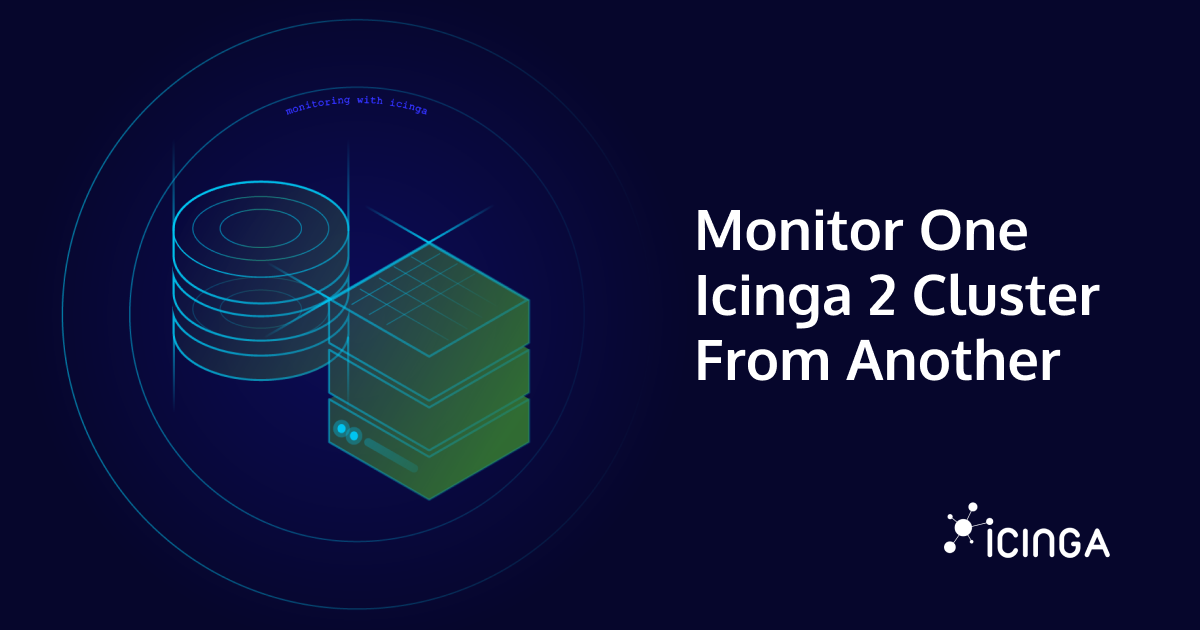Introduction
Today’s IT environments are rarely confined to a single data center or a single cloud provider. Enterprises are embracing a mix of cloud platforms, virtual machines, and on-premises hardware to stay agile and competitive. This blended environment is known as hybrid IT infrastructure, and managing it effectively is key to keeping systems healthy, secure, and performing at their best.
Hybrid IT infrastructure combines on-premises systems with cloud resources. Effective management requires unified monitoring, security, and performance optimization across both environments.
In this article, we break down what hybrid IT infrastructure management really means, what you need to know to manage it successfully, and how the right tools, like Icinga, can help simplify complexity.
What Is Hybrid IT Infrastructure Management?
Hybrid IT infrastructure management refers to the process of monitoring, controlling, and optimizing an IT setup that spans multiple environments, typically combining traditional on-premises infrastructure with public or private cloud services. This kind of environment allows organizations to modernize at their own pace, while still relying on systems that are deeply integrated with internal operations.
A hybrid approach supports a range of use cases: From running legacy applications that aren’t cloud-ready, to scaling microservices in containers on the fly. The challenge is not just in running these systems, but in gaining unified visibility and control across all of them.
What Makes Managing Hybrid IT Infrastructures Complex?
One of the biggest challenges is fragmentation. Different systems live in different places, report different metrics, and are managed with different tools. You might have a Linux VM running in a private cloud, a database hosted on AWS, and a load balancer still sitting in your own data center. Getting a consistent view of all these moving parts is difficult, especially when tools don’t speak the same language.
Another issue is performance and availability. Applications often span multiple platforms, and a failure in one environment can affect services elsewhere. Without reliable monitoring and automation, troubleshooting quickly becomes a painful guessing game.
And then there’s the security angle. Every additional environment increases the attack surface. Maintaining consistent security policies across hybrid infrastructure requires both discipline and the right tooling.

Hybrid IT Infrastructure Advantages
Despite the challenges, organizations choose hybrid IT setups for good reasons. The flexibility to run workloads where they make the most sense – whether for cost, performance, compliance, or availability – is a significant advantage.
For system engineers and administrators, this means more control over deployment strategies and a better ability to respond to business needs. You can scale services in the cloud during peak demand while keeping sensitive systems on secure in-house servers. You also reduce vendor lock-in by not going all-in on a single cloud provider.
Perhaps most importantly, hybrid infrastructure allows IT teams to modernize at their own speed, without abandoning stable systems that still deliver value.
Tools That Make Hybrid IT Management Easier
Managing hybrid infrastructure requires a set of reliable, flexible, and integrable tools. A well-balanced tool chain helps administrators monitor performance, secure endpoints, automate configuration, and respond to incidents, regardless of where systems are hosted.
Some of the most widely used tools in hybrid IT environments include:
| Purpose | Icinga Integration | |
| Terraform | Infrastructure as code across cloud and on-premises. | Terraform provider for Icinga |
| Ansible and Puppet | Automation and configuration management. | Ansible collection and Puppet modules |
| Prometheus | Cloud-native Metrics collection. | Alert on Prometheus metrics |
| Grafana | Visualizing data from various sources. | Grafana graphs in Icinga Web |
| Elastic Stack | Logging and search. | Elasticsearch and Logstash integrations |
| Kubernetes | Orchestrating containers in hybrid or multi-cloud environments. | Monitoring K8s with Icinga |
These tools can be mixed and matched depending on the architecture, compliance needs, and team preferences.
Icinga Provides Deep Visibility in Hybrid IT Infrastructure
Icinga plays a crucial role in hybrid IT infrastructure management by providing deep visibility into distributed systems. Whether you’re monitoring physical servers, cloud services, virtual machines, or containerized applications, Icinga offers a unified way to collect health data, set up alerts, and react to issues.
One of Icinga’s strengths is its modularity. You can monitor traditional infrastructure, integrate with cloud APIs, visualize dependencies, and automate tasks using the tools you already rely on. With support for thousands of plugins and native integrations with platforms like Ansible and Kubernetes, Icinga fits well into diverse IT environments.
For hybrid infrastructures, Icinga helps reduce blind spots, improves root cause analysis with service dependency mapping, and keeps teams informed in real time through flexible notification systems.

Take the Next Step
Hybrid IT infrastructure management doesn’t have to be overwhelming. With the right tools and strategy, you can turn complexity into clarity and ensure your systems are as agile and resilient as your business needs them to be.
If you’re ready to take control of your hybrid environment, explore Icinga’s products and see how they can help you monitor, automate, and secure your infrastructure.






